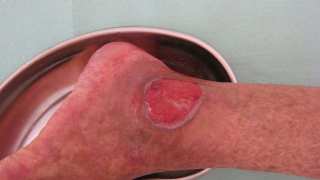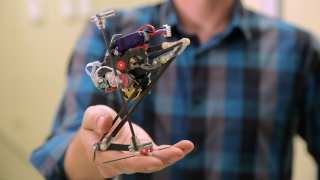New research released this week suggests that suicide attempts in the United States are on the rise, particularly in young adults. ‘National Trends in Suicide Attempts Among Adults in the United States’ was published September 13 in The Journal of the American Medical Association, Psychiatry.
Mark Olfsen, lead author of the study and professor of psychiatry and epidemiology at Columbia University Medical Center, said: “Attempted suicide is the strongest risk factor for suicide, so it’s important that clinicians know just who faces the highest risk so that we can do a better job of preventing suicides from happening.”
Identifying at-risk patients
Olfson’s study found that one particular sector of our society is currently at the highest risk. He says: “The patterns seen in this study suggest that clinical and public health efforts to reduce suicide would be strengthened by focusing on younger patients who are socioeconomically disadvantaged and psychiatrically distressed.”
Whilst studies such as this give us a very important insight into which sections of our society are most at risk, the real question we need to be considering for the future is that posed by Olfson: how to effectively reach out to at-risk patients in order to lower the rate of attempted and completed suicide.
Evolving Science has previously examined potential ways in which we can quickly identify those at risk of attempting suicide, and provide them with help and support. Researchers at Florida State University developed Artificial Intelligence which can analyse medical records for patterns which may indicate a patient is at risk of attempting suicide, which should then hopefully allow interventions to take place. The algorithm they developed has an accuracy rate of 80 percent for predicting if a patient would attempt suicide within the next two years, and an accuracy rate of 92 percent for predicting this within a week. Unfortunately, this method relies on patients both having a full medical record, and feeling enough trust with their clinician to be able to openly discuss considering self-harming.
Another potential option is an app called ‘Companion’, developed by a company called Cotigo. This app is based around the fact that many people thinking about self-harming may withdraw from social media or interacting with friends and family when they are feeling at their most vulnerable. The Companion app aims to track patterns of communication, alerting a clinician if a user’s pattern changes.
The app can also help rate a user’s mood based on analysis of tone, pace and tension within voice recordings. Scores for four categories including social connection, activity and mood are compiled for an overall score. Researchers, clinicians and social workers can then start to build up a better idea of an individual’s patterns, so if something is flagged up which is very out of the ordinary for that particular patient, this can be flagged up and contact made with them to see if they are okay. This app is currently still being tested for suitability for general release.
Work has also been done to identify which genes are potentially involved in the onset of depression, with researchers from the University of Maryland School of Medicine locating a gene known as Slc6a15 which was thought to be important in the development of both stress and other emotional disorders.
Putting it all together
Whilst mood-monitoring apps, gene identification and running algorithms to analyse a patient’s medical history may well become more popular ways of keeping an eye on at-risk patients in the future, there are many issues that will need to be overcome before these become commonplace. These include data protection issues, standardising apps which monitor patients in order to ensure consistency and making sure that technology and clinicians can work together.
That said, any research that gets people talking about the risk factors for attempted suicide can only be a good thing. Building strong communities and engaging with those at risk in a meaningful way are currently the best ways for us to help prevent suicide.
International Suicide Hotlines: www.suicide.org/internationl-suicide-hotlines.html
Top image: Suicide rope. (Public Domain)







No comment